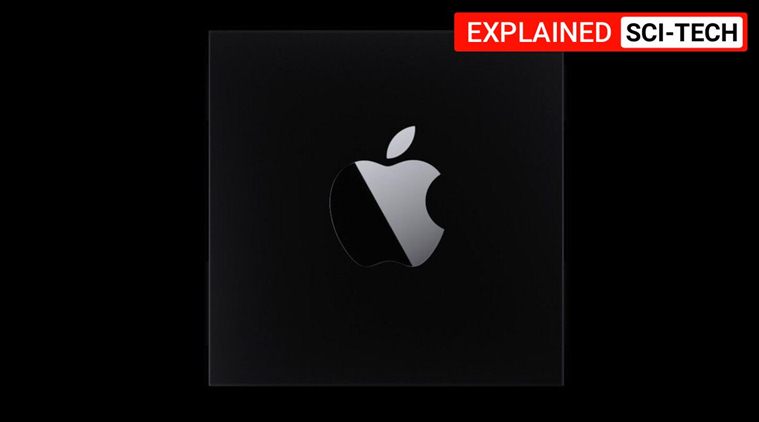Anuj Bhatia is a personal technology writer at indianexpress.com who has been covering smartphones, personal computers, gaming, apps, and lifestyle tech actively since 2011. He specialises in writing longer-form feature articles and explainers on trending tech topics. His unique interests encompass delving into vintage tech, retro gaming and composing in-depth narratives on the intersection of history, technology, and popular culture. He covers major international tech conferences and product launches from the world's biggest and most valuable tech brands including Apple, Google and others. At the same time, he also extensively covers indie, home-grown tech startups. Prior to joining The Indian Express in late 2016, he served as a senior tech writer at My Mobile magazine and previously held roles as a reviewer and tech writer at Gizbot. Anuj holds a postgraduate degree from Banaras Hindu University. You can find Anuj on Linkedin. Email: anuj.bhatia@indianexpress.com ... Read More
Explained: Why Apple has ditched Intel for ARM on Macs
Almost eight years on, Apple’s ambitions to be less reliant on companies like Intel and Qualcomm shows how it has progressed in the areas of chipset designing and development.
 Apple says its custom-designed chips for Macs will deliver better performance, but consume less power. Image: Apple Inc
Apple says its custom-designed chips for Macs will deliver better performance, but consume less power. Image: Apple Inc
At its just-concluded Worldwide Developer Conference (WWDC), the first to be organised fully online, Apple announced it will soon have its own chipsets powering its Mac range of computers. Now, these run on Intel’s X86 architecture processors. Over the next couple of years, Apple will switch its Macs also to ARM architecture-based A-series processors, which now power iPhones and iPads.
Apple’s move to its own ARM-based, custom-designed chips for its Mac computers was long anticipated. The simple reason behind the shift is Cupertino’s obsession with end-to-end control over its hardware and software — it has achieved the same with almost all its other products, including iPhones and iPads.
Apple says its custom-designed chips for Macs will deliver better performance, but consume less power. The tech giant further said that its “Apple Silicon” will also make it easier for developers to write apps for the entire ecosystem. By using its own chipsets, Apple can also improve the security of its Mac computers, making then more difficult for hackers to break in. Also, full control will mean Apple can push the envelope on what a Mac can achieve — maybe 24-hour battery life and built-in 5G connectivity.
Once Apple has Macs running on its silicon, it will be able to run iOS apps natively on Mac OS without any alteration. To make sure apps work on any device running an Apple chip, Apple has built a new Universal engine for developers. For those apps that don’t yet work on the new silicon, Apple has announced Rosetta 2 in macOS Big Sur — a sort of converter that makes non-compatible apps run on the new chips.
📣 Express Explained is now on Telegram. Click here to join our channel (@ieexplained) and stay updated with the latest
Apple has been making mobile processors since the days of iPhone 4 and the first iPad, both of which featured the Apple A4 SoC. The first chipset made by Apple came under the supervision of Johny Srouji, now senior vice president of Hardware Technologies at Apple, one of the most important posts within the company. (Here are 10 interesting facts about Srouji)
Almost eight years on, Apple’s ambitions to be less reliant on companies like Intel and Qualcomm shows how it has progressed in the areas of chipset designing and development. It is now confident enough to pitch its latest A-series mobile processors against Intel computer chips. Revealing the iPad Pro in 2018, Apple claimed its A12X processor was faster than 92 per cent of portable PCs sold in the market.
Intel still continues to dominate the PC market with its chipsets, but has over the past few years been struggling to show big improvements in performance. It also struggled to deliver on time, which for a control-obsessed company like Apple is more than a worry.
Don’t Miss | Everything Apple didn’t announce at WWDC 2020: AirPods Studio, AirTags, and more
There are also questions being raised about whether Apple’s ARM chips can actually replace processors from Intel and AMD. Apple just says its custom-designed chips are powerful, without going into the details.





- 01
- 02
- 03
- 04
- 05

































